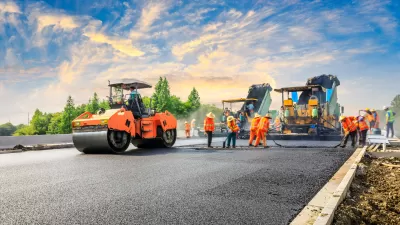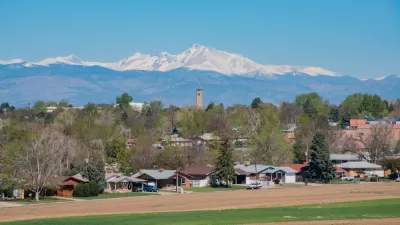The European Investment Bank raised $80 billion for projects last year alone. Should the Obama’s proposed program adopt a similar model?
Created in 1958, the EIB offers loans, technical assistance and venture capital funding for infrastructure projects ranging from high speed rail to wind farms and solar plants. Its focus is on investments that transcend national borders and advance the continent as a whole.
Roger Rudick notes that some critics don't think the EIB system would work in the US, citing differences in institutional risk tolerance. European investors are hesitant to sell bonds for infrastructure projects, a practice commonplace in America. Some even argue that an infrastructure bank would duplicate functions of existing programs. Additionally, leveraging Obama's proposed $60 billion of funding into the estimated $2.2 trillion required to repair the country's infrastructure may prove difficult even with investment from private banks.
Political merits may outweigh initial difficulties, Roger Rudick says:
'Supporters like the idea of a funding institution that can, at least in theory, transcend local budgets, political turf wars, and election cycles For giant electric, water and rail projects that take decades to construct and cross many state boundaries, this may be just the way to leverage the private capital necessary to keep the country's infrastructure from falling apart.'
FULL STORY: A National Infrastructure Bank: Can the U.S. Learn From Europe?

Planetizen Federal Action Tracker
A weekly monitor of how Trump’s orders and actions are impacting planners and planning in America.

Maui's Vacation Rental Debate Turns Ugly
Verbal attacks, misinformation campaigns and fistfights plague a high-stakes debate to convert thousands of vacation rentals into long-term housing.

San Francisco Suspends Traffic Calming Amidst Record Deaths
Citing “a challenging fiscal landscape,” the city will cease the program on the heels of 42 traffic deaths, including 24 pedestrians.

Amtrak Rolls Out New Orleans to Alabama “Mardi Gras” Train
The new service will operate morning and evening departures between Mobile and New Orleans.

The Subversive Car-Free Guide to Trump's Great American Road Trip
Car-free ways to access Chicagoland’s best tourist attractions.

San Antonio and Austin are Fusing Into one Massive Megaregion
The region spanning the two central Texas cities is growing fast, posing challenges for local infrastructure and water supplies.
Urban Design for Planners 1: Software Tools
This six-course series explores essential urban design concepts using open source software and equips planners with the tools they need to participate fully in the urban design process.
Planning for Universal Design
Learn the tools for implementing Universal Design in planning regulations.
Heyer Gruel & Associates PA
JM Goldson LLC
Custer County Colorado
City of Camden Redevelopment Agency
City of Astoria
Transportation Research & Education Center (TREC) at Portland State University
Jefferson Parish Government
Camden Redevelopment Agency
City of Claremont





























